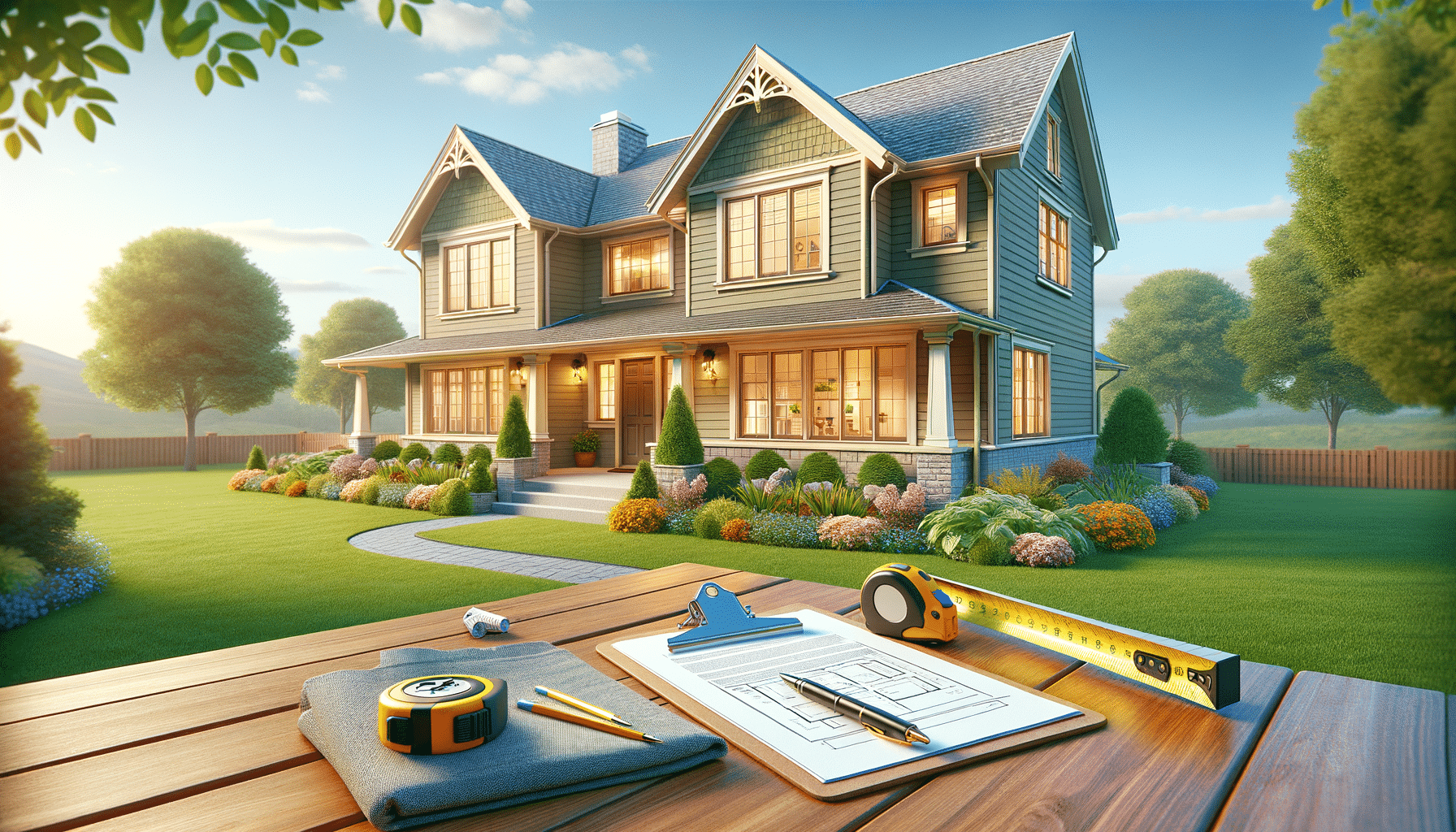
Reclaiming Play: How Fun Fuels Creative Thinking
Outline:
- Why Play Is More Than Child’s Stuff
- The Psychology of Creativity and Freedom
- Work That Feels Like Play
- How to Bring Playfulness Back Into Your Process
- What Becomes Possible When You Let Go
- FAQs
Somewhere between childhood and adulthood, many of us forgot how to play. We learned how to perform, how to deliver, how to meet deadlines—but the sense of joyful, open-ended exploration began to fade. We started to treat play as something trivial, something left behind on the playground or in the margins of a weekend. In its place, we built systems of productivity, seriousness, and structure. But in doing so, we often severed our connection to one of the most powerful forces behind creative thinking: the freedom to explore without purpose. Reclaiming play isn’t about abandoning responsibility. It’s about restoring balance. It’s about rediscovering the part of ourselves that creates not because it must, but because it loves to.
Why Play Is More Than Child’s Stuff
We often associate play with toys, games, or leisure. But play is much deeper than entertainment. At its core, play is a state of mind—one marked by curiosity, experimentation, and emotional safety. In play, there is no fear of being wrong. There’s no pressure to succeed. There is only the present moment and the unfolding of possibilities. Children understand this instinctively. They build castles out of sand, stories out of shadows, and worlds out of nothing but imagination. But that instinct doesn’t disappear with age—it simply gets buried under layers of expectation.
To be playful is to be engaged, open, and alive. And when we bring that energy into our work, we don’t just produce more—we create better.
The Psychology of Creativity and Freedom
Psychological research confirms what many creatives have long known: the best ideas rarely come under pressure.
When the brain is relaxed and free from judgment, it shifts into a more associative state, allowing connections to form between seemingly unrelated ideas. This is why so many insights arrive in the shower, on a walk, or during casual conversation. Play activates this divergent thinking—the cognitive process of generating multiple, varied solutions. It lowers the stakes, quiets the inner critic, and invites surprise.
Dr. Stuart Brown, founder of the National Institute for Play, describes play as “the purest form of behavioral freedom.” He argues that without it, we limit our potential not only for joy, but for innovation.
Work That Feels Like Play
Some of the world’s most impactful creators describe their process as play.
Albert Einstein famously said, “Play is the highest form of research.”
Filmmaker Hayao Miyazaki begins his stories with images, not outlines—letting the narrative emerge like a game of discovery.
Designers, musicians, and writers often speak of “losing track of time” in their work—an experience psychologists call flow, which closely mirrors the state of deep play. This is not the absence of discipline. It is discipline in service of delight. It’s showing up not to check boxes, but to see what might happen next. Play doesn’t remove structure. It transforms it. It makes structure a playground instead of a prison.
How to Bring Playfulness Back Into Your Process
Reclaiming play is not about being silly for its own sake. It’s about creating conditions where creativity can breathe.
Here are ways to invite more play into your work:
Make something pointless
Create without an agenda. A doodle. A silly poem. A sound collage. Let go of the outcome. The point is the doing, not the result.
Use unfamiliar tools
Switch mediums. Try photography instead of writing. Use your non-dominant hand. Change the format, and you’ll change the way your brain engages.
Set playful constraints
Instead of aiming for perfection, give yourself quirky rules. Write a story with only one vowel. Draw without lifting the pen. Play thrives on challenge—when the challenge feels like a game.
Collaborate like kids
Work with others in a spirit of yes-and. Improvise. Build off of each other’s ideas. Group play generates energy individual work rarely touches.
Schedule unstructured time
Creativity doesn’t always arrive on command. Make room in your day for wandering, tinkering, wondering. Let yourself get bored—and see what follows.
These practices may seem small, but over time, they shift your relationship to your work—from obligation to exploration.
What Becomes Possible When You Let Go
Play is not the opposite of work. It’s the soul of meaningful work.
It brings lightness to effort, depth to experimentation, and resilience to failure. When you play, you stop asking, Will this be good enough? and start asking, What could this become?
You stop gripping so tightly. You begin to listen. To follow. To discover. So reclaim what you already knew as a child: that making things can be joyful, that freedom leads to form, and that your most alive ideas often start where the rules fall away. Don’t wait for permission. Give it to yourself.
Because in the end, the most serious kind of work is the kind that remembers how to play.
FAQs
Isn’t play just a distraction from real work?
No. Play enhances problem-solving, motivation, and mental flexibility. It is a tool for accessing deeper, more original forms of thinking.
How can I be playful in a structured, professional environment?
Start with small shifts—approach tasks with curiosity, invite open brainstorming, or experiment with formats. You can bring a playful mindset without changing your job title.
What if I feel too self-conscious to play?
That’s normal. Begin in private. Make something just for you. The more you practice non-judgmental creation, the more natural play will feel again.

